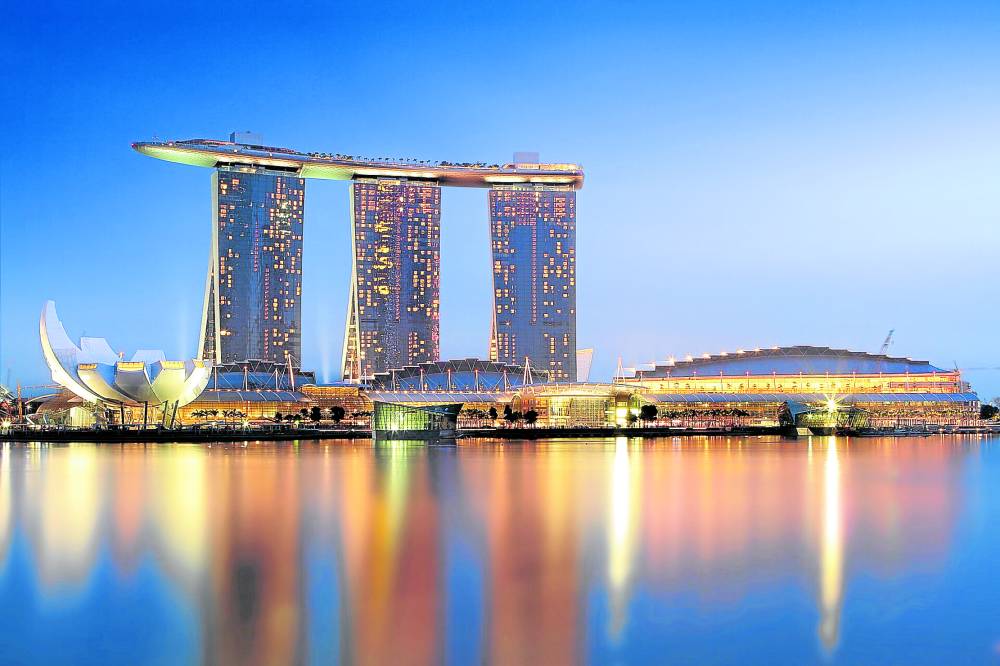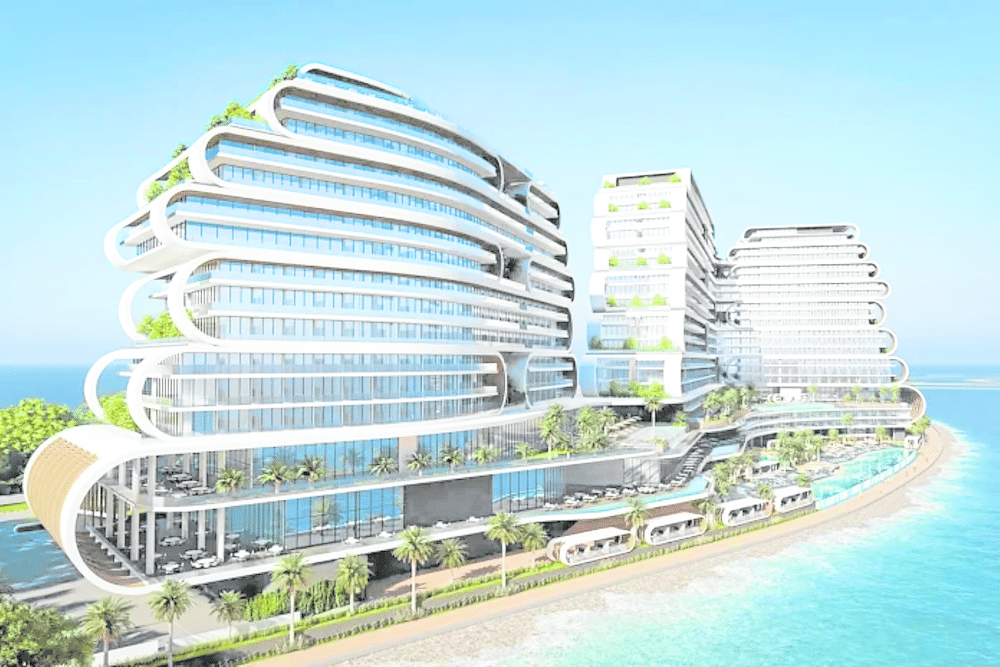
The combination of luxury accommodations, world-class entertainment, and comprehensive amenities makes these resorts a magnet for international events, from conventions to sports tournaments. (https://en.wikipedia.org)
Integrated resorts are monumental catalysts for development, offering a blend of tourism, employment, and economic opportunities.
They combine various components, including convention centers, hotels, casinos, entertainment venues, retail spaces, and dining options. They also feature expansive gaming areas, live shows, and events that draw large crowds, making them a significant driver of international tourism. Integrating diverse facilities ensures visitors can access a full spectrum of experiences without leaving the premises.
An integrated resort, essentially, creates a self-contained destination where tourists and business travelers can find everything they need in one location.
Tourism as a catalyst for economic growth

Developing integrated resorts creates employment opportunities across various sectors, including hospitality, retail, entertainment, and construction. (HTTPS://AGBRIEF.COM)
President Ferdinand R. Marcos Jr. recently underscored the pivotal role of integrated resorts in positioning the Philippines as a leading global destination for tourism and entertainment. These resorts substantially contribute to the country’s economy by attracting international visitors. Tourists are drawn to the high end amenities and distinctive experiences integrated resorts offer, leading to increased spending and significant revenue injection into the local economy.
Moreover, integrated resorts elevate the country’s global profile as a tourist destination. The world-class facilities and entertainment options enhance the Philippines’ appeal to many travelers, from high rollers seeking luxury experiences to families looking for comprehensive vacation packages.
Employment opportunities and community benefits
The tourism and entertainment sectors offer a stable revenue stream to help buffer the economy against global economic fluctuations. (https://www.ianfulgar.com)
Developing integrated resorts creates employment opportunities across various sectors, including hospitality, retail, entertainment, and construction. These jobs range from entry-level to specialized roles, employing a wide demographic.
Communities in and around integrated resorts also benefit from the activities. Local businesses, from retail shops to service providers, experience a boost in demand, leading to economic upliftment for the entire area. Projects like these also often invest in local infrastructure, improving roads, utilities, and public services.
Economic diversification and stability
An integrated resort is a self-contained destination where tourists and business travelers can find everything they need in one location. (HTTPS://WWW.HANNRESORTS.COM)
The tourism and entertainment sectors offer a stable revenue stream to help buffer the economy against global economic fluctuations. Developing integrated resorts can lead to a dynamic and more resilient economy by stimulating investment in other sectors, such as real estate and retail.
Enhancing well-being of local communities
A substantial portion of the revenues generated by integrated resorts is redirected to the government to support socio-civic projects. The Philippine Amusement and Gaming Corp. (Pagcor) claims that nearly 80 percent of its regulated gaming revenues are utilized for public welfare initiatives to enhance community development and infrastructure.
Integrated resorts elevate the country’s global profile as a tourist destination. (https://agbrief.com)
Creating a global destination
The strategic development of integrated resorts positions the Philippines as a global destination for leisure and business travelers. The combination of luxury accommodations, world-class entertainment, and comprehensive amenities makes these resorts a magnet for international events, from conventions to sports tournaments.
This global attention brings further opportunities for trade, investment, and cultural exchange, reinforcing the Philippines’ position on the world stage. As more integrated resorts emerge, the country’s reputation as a premier destination for tourism and business will continue to grow, opening new doors for international collaboration and economic growth.
The author (at www.ianfulgar.com) is a leading architect with an impressive portfolio of local and international clients. His team elevates hotels and resorts, condominiums, residences, and commercial and mixed-use township development projects with innovative, cutting-edge design and business solutions that have garnered industry recognition, making him the go-to expert for clients seeking to transform their real estate ventures

